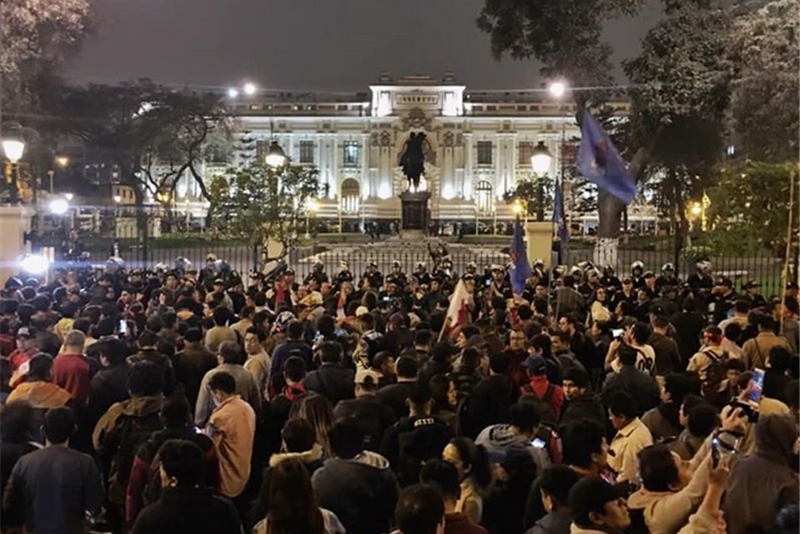
Parliamentary elections set for January 2020 —
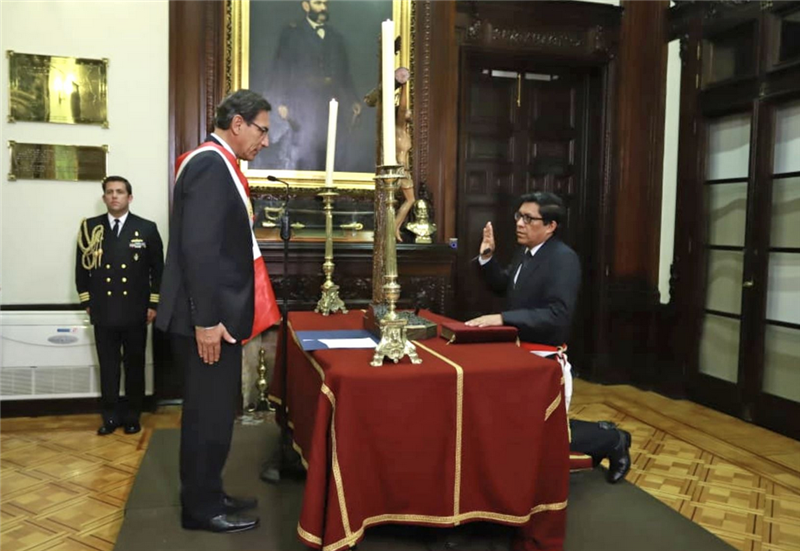
President Martin Vizcarra dissolved the Congress Monday afternoon, and has called for parliamentary elections to be held on Sunday, Jan. 26, 2020. He announced the decision just hours after Premier Salvador del Solar’s request for a vote of confidence failed to muster sufficient votes from lawmakers. In the evening, on Del Solar’s required resignation, Vizcarra swore in his new Premier, Vicente Zeballos, until yesterday his Justice minister. Later in the evening, the chiefs of staff of the armed forces and the police arrived at the government palace to show their support for their supreme chief and commander.
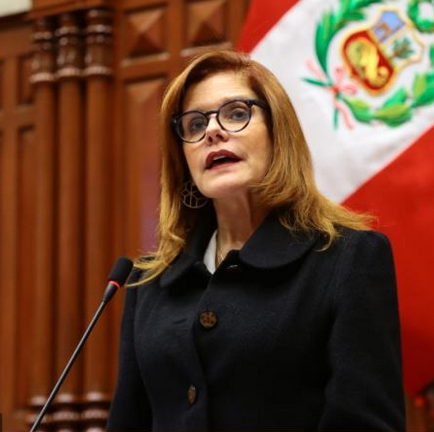
In Congress, meanwhile, lawmakers remained in denial. The majority, led by Keiko Fujimori’s majority Fuerza Popular and the seasoned five-member Apra party, plus satellite groups, proposed the ousting of Vizcarra. They garnered 79 of 130 votes, not enough to oust the President but sufficient to suspend him for 12 months due to moral incapacity, under a convoluted interpretation of article 134 of the Constitution, and then swore in his vice-president Mercedes Araoz as interim president.
The majority in Congress has been at loggerheads with the Executive since Keiko Fujimori lost the presidential election to Pedro Pablo Kuczynski three years ago, in 2016. Her party holds the majority in Congress and has used that position to block many of the reforms. During Kuczynski’s shortened term, Congress denied a vote of confidence and forced a full cabinet shift. Vizcarra, who served as Kuczynski’s vice-president, is still the same administration elected in 2016 and, therefore, this second denial of a vote of confidence allowed him under the Constitution to dissolve the Congress.
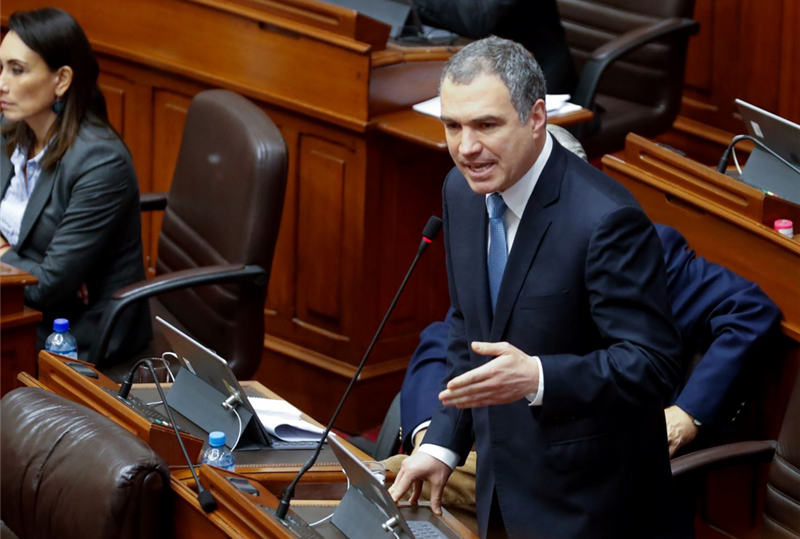
The main issue today is the election of new members to the Constitutional Court to serve for five years — in a five-day process not made public and a half-hour debate, members in Congress selected 11 candidates to replace six of the seven court justices. According to political analyst Rosa Maria Palacios, six of the candidates face, among them, 14 criminal law suits. Some have clear links to justices under investigation for a series of illicit practices of favoritism in sentencing and court decisions.
Premier del Solar, who faced procedural and even physical obstacles to get into the plenary in Congress Monday morning, stressed that the current crisis is not merely political, but a crisis caused by a corruption that has tainted judicial, business and political activities.
Not only former prosecutors and constitutionalists in Peru but also the Inter-American Court of Human Rights and Amnesty International have urged caution to the Congress and suggested a transparent selection with enough time for not only lawmakers but also public hearings for observations or objections.
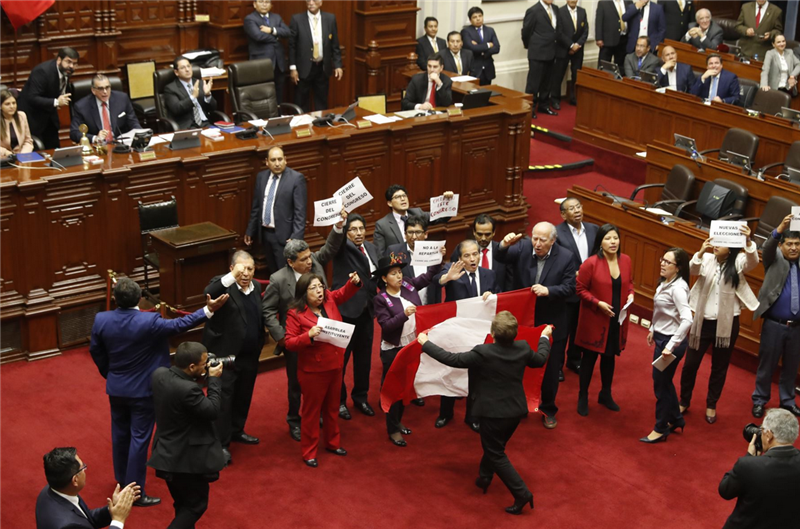
But the majority in Congress, led by its president Pedro Olaechea, have refused to reconsider the candidates and on Monday, rather than open debate on the Premier’s request for a vote of confidence, proceeded to elect the candidates despite raucus protests by the minority. The first, Gonzalo Ortiz de Zevallos, was elected with the requisite 87 votes (although two votes are now under scrutiny), but the second candidate didn’t receive sufficient votes and the majority decided to postpone any further elections.
Lawmakers had been given until midnight to leave the building and, contrary to fears from the Executive, cancelled their initial intention to stay on and hold a plenary session through the night.






It was the best for Peru. The congress was only responsible for obstructing the president and they wanted to vacate him just like they did with PPK.
In these new elections you have to get better information and vote.
For my foreign compatriots,i recommend you to find out well about the proposals and the candidates: https://peruhoy.pe/congreso-2020/